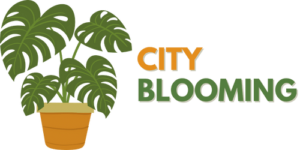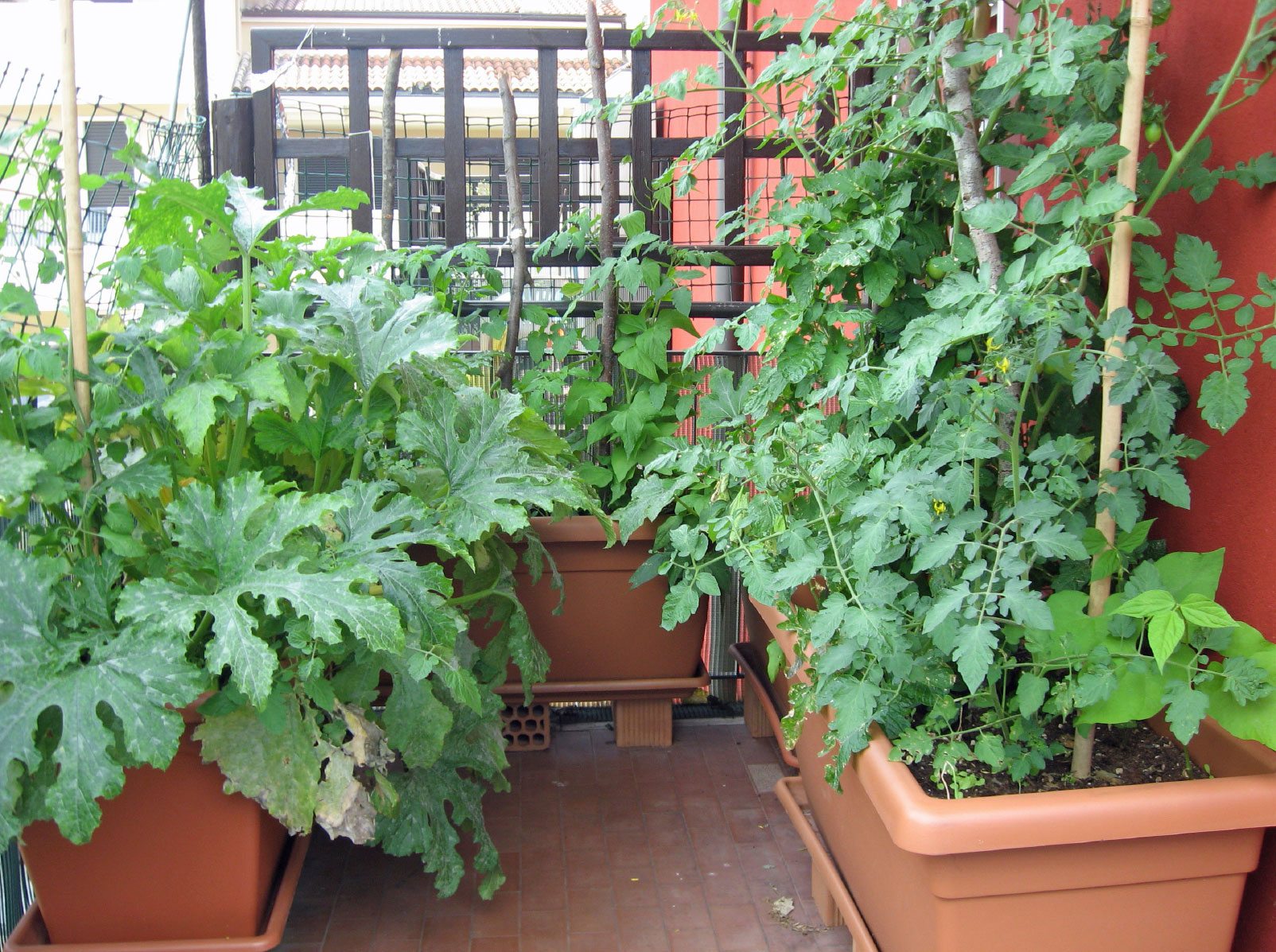A Biased View of City Blooming
A Biased View of City Blooming
Blog Article
Fascination About City Blooming
Table of ContentsCity Blooming for BeginnersCity Blooming - QuestionsTop Guidelines Of City BloomingCity Blooming Fundamentals Explained3 Simple Techniques For City Blooming
Fascinated in growing food for sale in the City of Chicago? Below is a list of regularly asked concerns relating to the rules and guidelines that farmers should think about when preparing an urban agriculture job.
The zoning change does not change any type of various other codes managing composting, structure authorizations, purchasing or leasing City possessed residential property, organization licenses or environmental contamination. There are existing codes that manage these issues and they continue to be completely effect and may be applicable to your project. Neighborhood yards are commonly possessed or handled by public entities, public organizations or community-based organizations and maintained by volunteers.
Urban farms expand food that is intended to be marketed, either on a nonprofit or for-profit basis. Due to their business purpose, metropolitan ranches call for an organization license.
How City Blooming can Save You Time, Stress, and Money.
Composting is enabled but only for plant material that is created and utilized on website. The amount of compost material can not go beyond 25 cubic yards at any type of offered time according to the standards in 7-28-715 of the City's Municipal Code. Yes. Because the dirt at a lot of brand-new yard sites requires changing, garden compost, dirt, wood chips, or other materials can be obtained to create or boost the expanding area - landscaping.

If a building license is called for then the hoophouse will certainly be considered an accessory structure. You can learn even more concerning the structure authorization needs by calling the Department of Structures. The 25,000-square-foot size limitation is planned to avoid a single area yard from dominating an offered block or interfering with the block's existing household or commercial character.
The restriction does not use to gardens located in Public Open Room (POS) areas. Can there be even more than one area yard that is 25,000 square feet on a solitary block? Fencing is not required, nonetheless, gardens that have large auto parking locations may be required to mount secure fencing or other landscaping features.
City Blooming Can Be Fun For Everyone
B1 & B2 areas call for that all industrial use activities be conducted inside. try here Is fence needed for urban ranches? Fencings might be required, along with landscape design and testing, for certain parking areas and outside work or storage locations depending on location and the particular activity taking area.
Urban farms require building permits and zoning approvals prior to building (container and raised bed gardening etc.). Various other forms of city testimonial might be required depending on details frameworks, tasks, dimension, landscaping, licensing, public heath and stormwater administration problems.
The Department of Company Matters and Customer Protection can aid figure out the details kind of company license that's needed. Off road parking is required for most business tasks in Chicago. The called for number of car parking areas is based on the number of workers functioning on site and not the square footage of the expanding room.
City Blooming Fundamentals Explained

A metropolitan ranch can sell garden compost material created on site, however, the operation needs to comply with the guidelines in 7-28-715 of the Chicago Municipal Code. Aquaponic systems are enabled indoors on urban farms in several zoning districts.
Up to 5 hives or colonies of honey bees might be kept as an accessory usage. However, beekeepers have to register with the Illinois Department of Farming. For additional information about the recommended zoning amendment you may speak to the Department of Real Estate and Economic Advancement, Bureau of Preparation and Zoning at 312.744.8563.
Farming in cities and urban areas A city ranch in Chicago. Urban farming describes numerous techniques of growing. https://ameblo.jp/cityblooming/entry-12857756993.html, handling, and distributing food in urban locations. The term likewise relates to the area activities of pet husbandry, aquaculture, beekeeping, and cultivation in a metropolitan context. Urban farming is differentiated from peri-urban farming, which occurs in backwoods beside residential areas.
A Biased View of City Blooming
It can involve a movement of natural cultivators, "foodies" and "locavores", that seek to develop social media networks based on a shared ethos of nature and neighborhood holism. These networks can develop using formal institutional assistance, coming to be integrated into regional town planning as a "change town" activity for sustainable city development.
The a lot more straight access to fresh veggie, fruit, and meat items that might be know through urban farming can enhance food protection and food security while lowering food miles, causing lower greenhouse gas emissions, consequently adding to climate change mitigation. Several of the very first proof of metropolitan farming comes from Mesopotamia.
Report this page